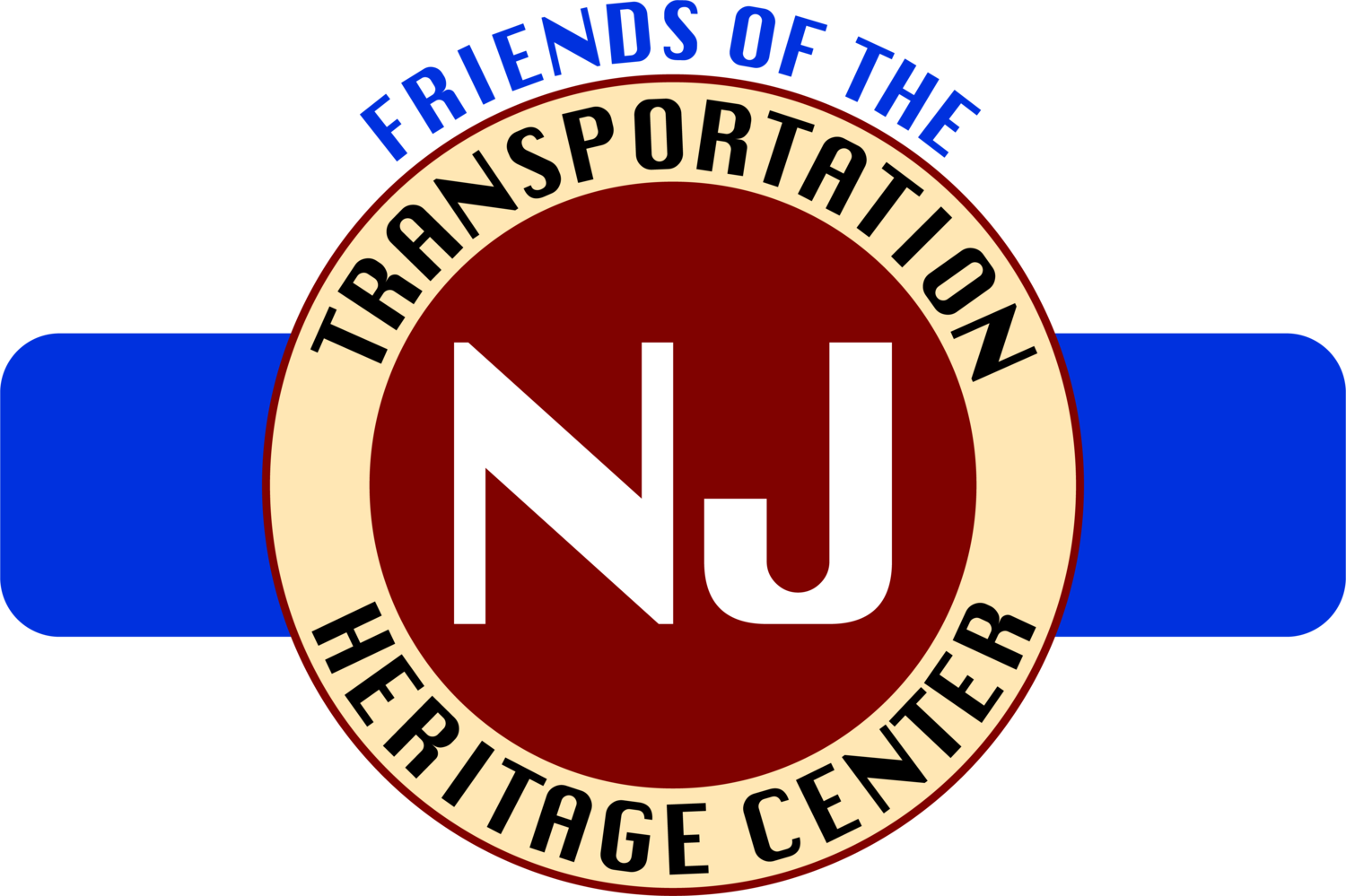Phillipsburg Union Station

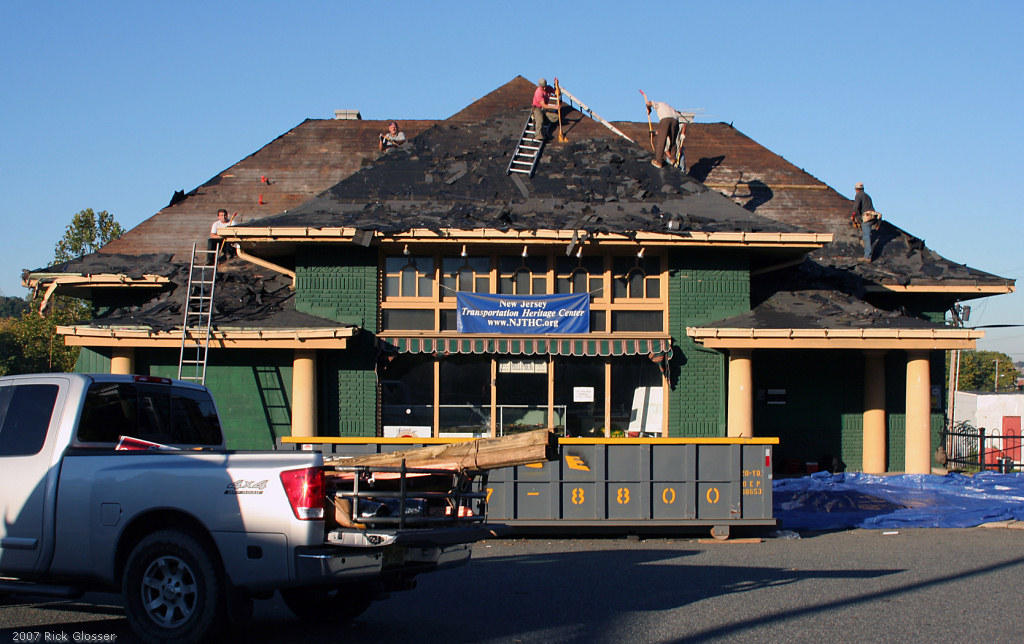

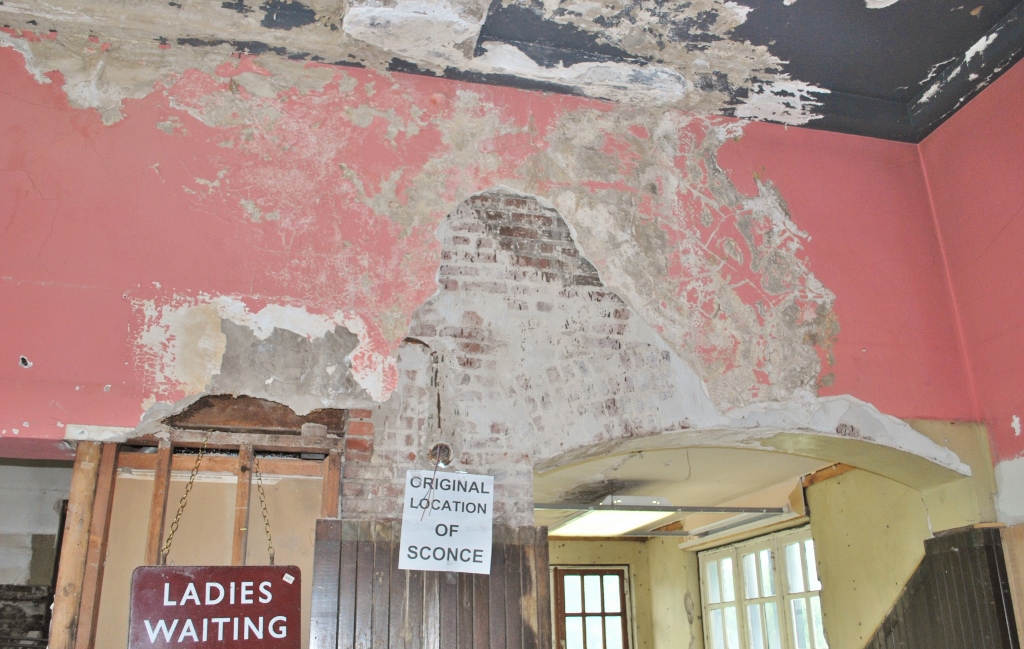
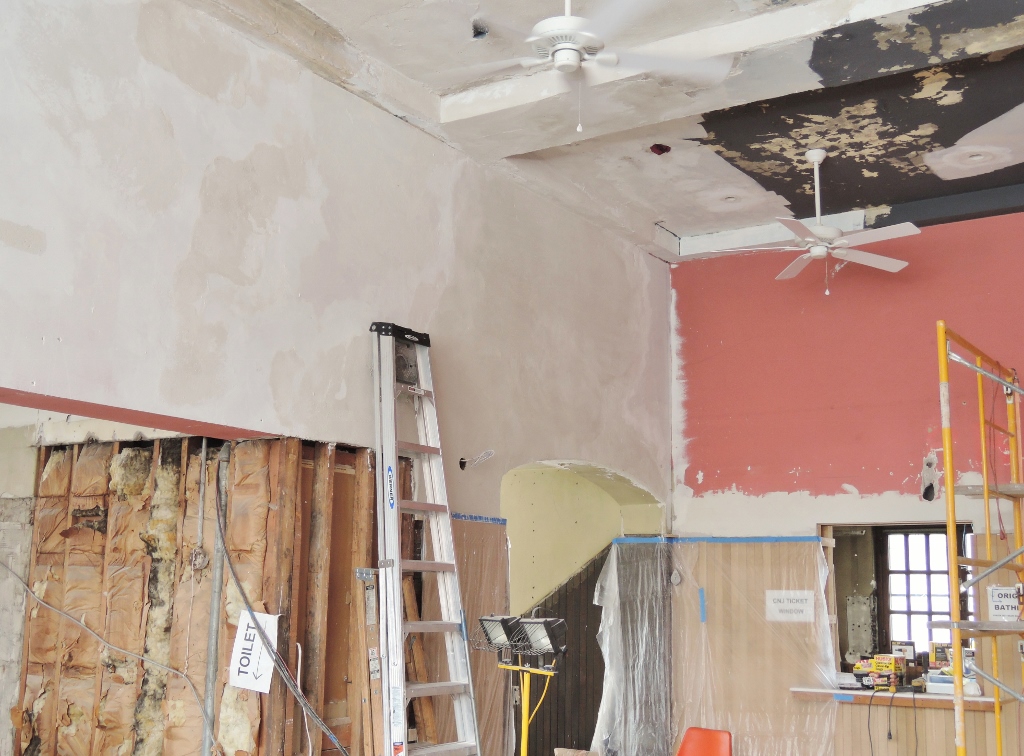
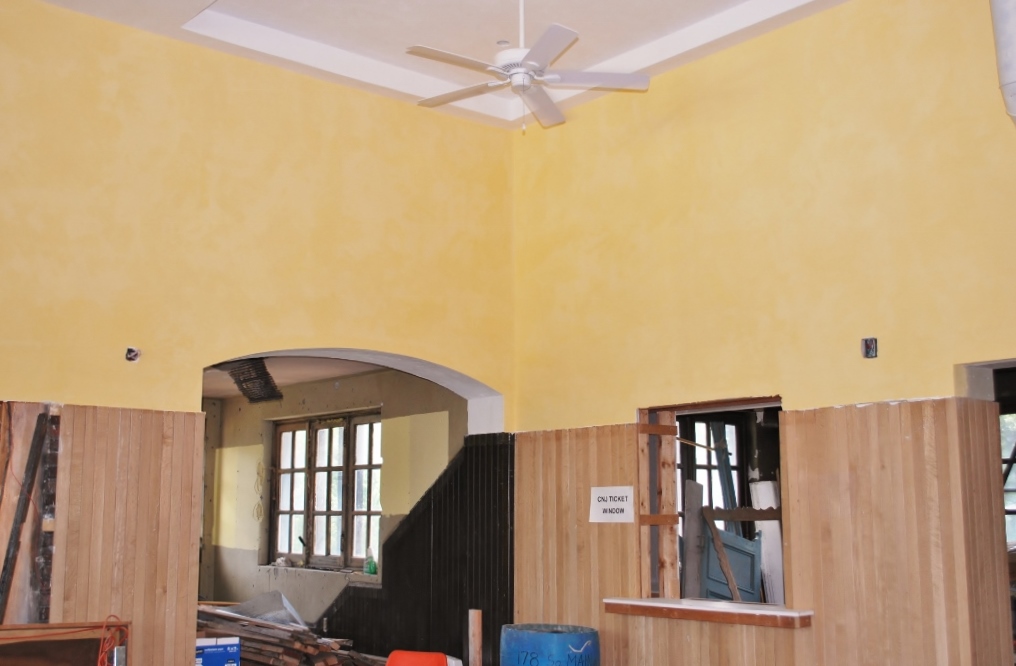
Friends NJTHC is the owner of Phillipsburg Union Station in Phillipsburg, NJ, once served by both the Central Railroad of New Jersey and the Delaware, Lackawanna & Western Railroad. The station is currently undergoing an extensive restoration. When fully restored, the historic station will be used as a combination museum, archive facility, and community center.
Station History
Phillipsburg was the crossroads of five railroads and was the western terminus of the Morris Canal. The first railroad to arrive in Phillipsburg was the Central Railroad of New Jersey (CNJ), which opened on July 2, 1852. The Belvidere-Delaware Railroad (Bel-Del, later the Pennsylvania Railroad [PRR]) reached town on February 3, 1854. The Lehigh Valley Railroad (LV) reached Phillipsburg on September 3, 1855 with the opening of their bridge over the Delaware River from Pennsylvania, closely followed by the entrance of the Morris & Essex Railroad (M&E, later the Delaware, Lackawanna & Western Railroad [DL&W]) on November 18, 1855. The first scheduled through passenger train between Phillipsburg and Hoboken was inaugurated August 6, 1866 on the Morris & Essex. Another bridge over the Delaware River was built between Easton and Phillipsburg by the Lehigh & Susquehanna Railroad (L&S, later the CNJ's Pennsylvania Division) and opened on March 14, 1868. The new L&S bridge connected with the CNJ, LV, M&E, and Bel-Del in Phillipsburg.
From the late 1800s to the mid-1900s, there was a wooden walkway and stairs going from the DL&W/CNJ station to the Bel-Del (PRR) station on the lower level along the River. It was located below the CNJ’s Delaware River bridge and was named "Lehigh Junction."
The first CNJ station at Phillipsburg was built in 1852, but it burned in 1857. An enlarged CNJ "standard" station was opened in 1859 on the south side of the tracks between Market St. and the Delaware River Bridge. In 1874, an additional baggage room was constructed onto this station. The CNJ moved into the DL&W station in the late 1890s, at which time the 1859 station and its 1874 addition were demolished.
The first DL&W station in Phillipsburg was built in 1868 on the west side of Market St. at the junction of the DL&W and the CNJ. In 1914, the DL&W replaced it with the existing brick and concrete structure. The new union station, also served by the CNJ, was constructed between 1912 and 1914. It is a 57’ by 61’ two-story Prairie-style brick building located at Main Street. Designed by DL&W architect Frank J. Nies, the building employed very diverse and interesting construction materials.
The last DL&W passenger train to leave the station was on July 15, 1941, although freight trains on the single-track line (on the north side of the building) continue running today. The CNJ, with its multi-track mainline south of the building, stopped using the station in 1959 and sold it in June of 1960 to the Phillipsburg Pharmacy, Inc.
The CNJ continued passenger service to Phillipsburg (using only makeshift platforms) until April 29, 1967. Passenger service was restored on May 20, 1974 due to a prolonged severe gasoline shortage, using a newly installed gravel platform as the station just east of the brick station. Passenger service was once again discontinued on December 31, 1983 by NJ Transit.
The active rail lines on both sides of the station are now operated by Norfolk Southern Railroad, and about 30 freight trains pass by daily. In the past, the station has served as political campaign headquarters, a pharmacy, a bank computer center, and a trophy & sporting goods store. It is now the office, archival storage, and mini-museum of the Friends of the New Jersey Transportation Heritage Center, as well as a source of tourist and transportation information. The building was purchased by Friends of the New Jersey Transportation Heritage Center on December 14, 2004 with a grant from the Warren County Municipal and Charitable Conservancy Trust Fund. Subsequent grants from the same trust have funded a new slate roof (installed in 2007), the restoration of the front facade and windows to the original 1914 station configuration, new heating and air conditioning systems, and the restoration of the men's and women's restrooms, station ceilings, ticket office, interior partitions, and wainscoting.
